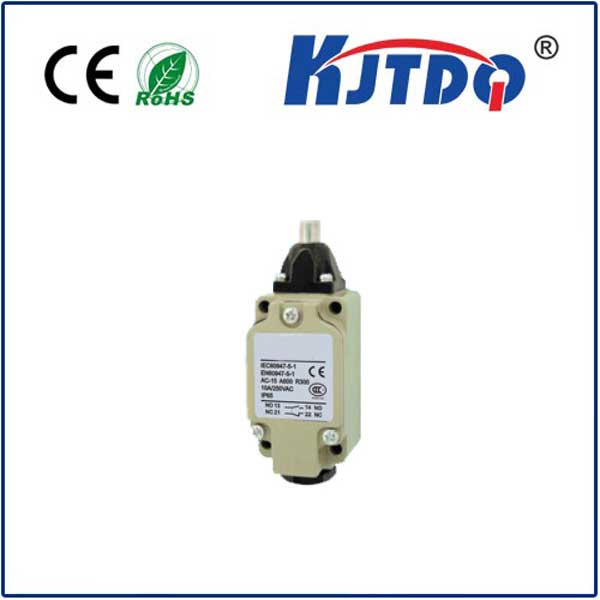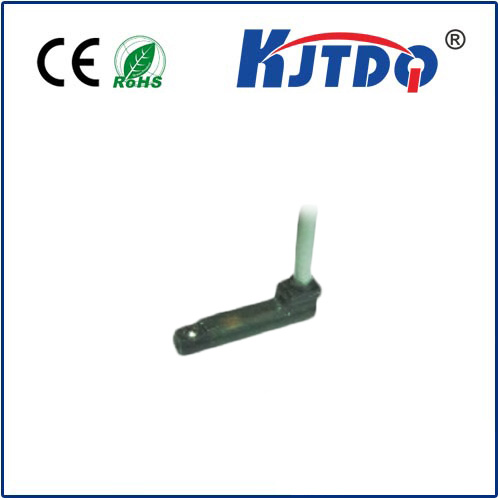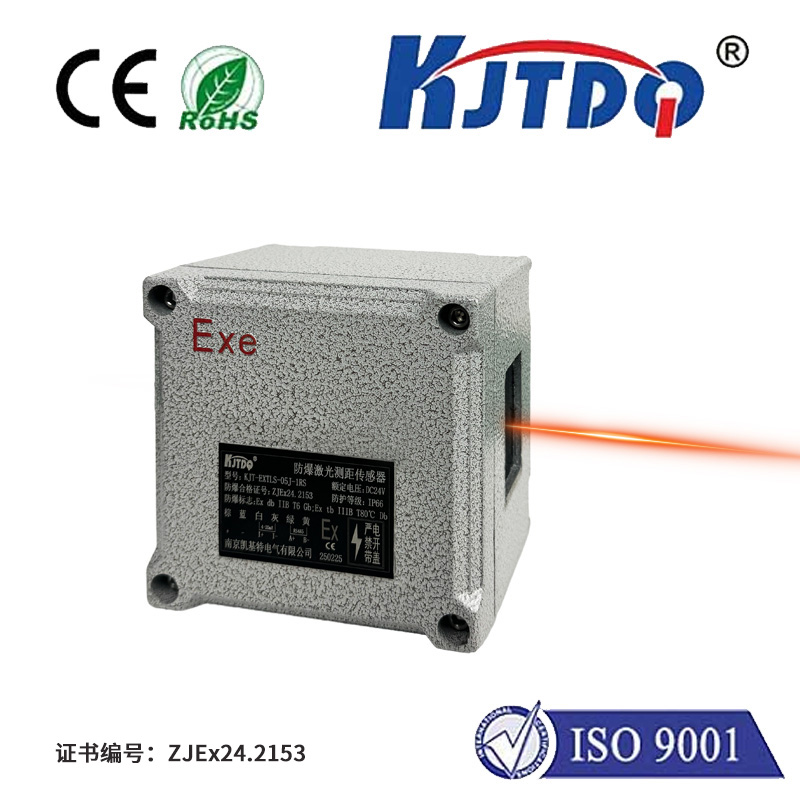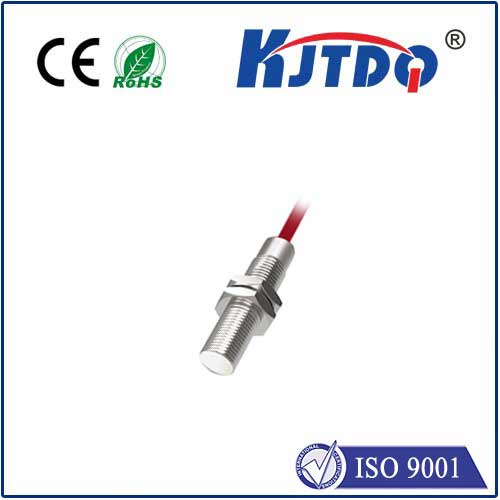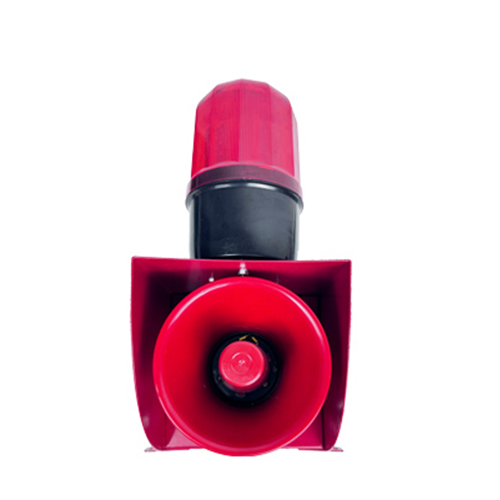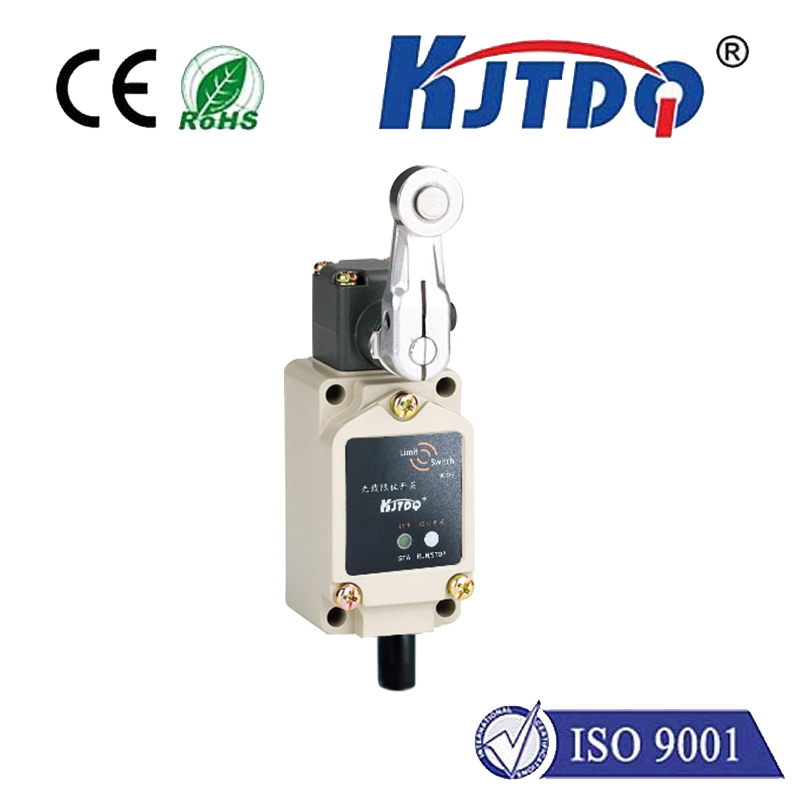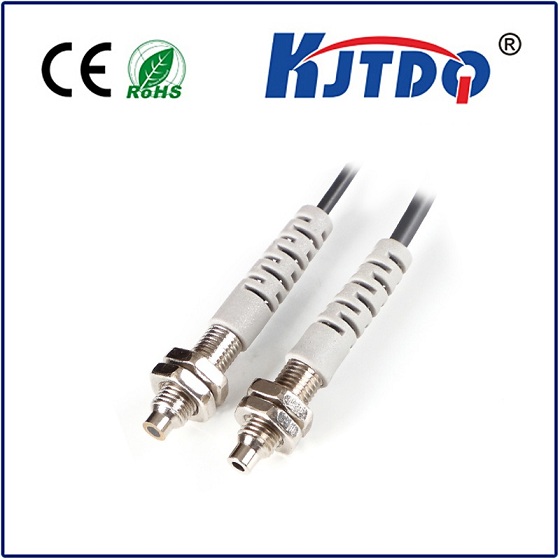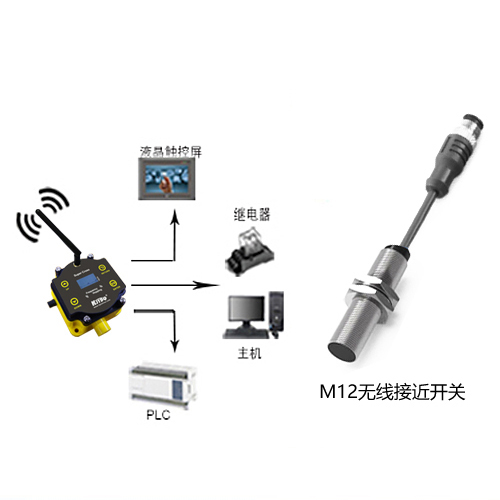smart laser sensor
- time:2025-09-08 17:51:40
- Click:0
Smart Laser Sensors: The Intelligent Eyes Reshaping Industry
Imagine a world where machines not only see but understand their environment with unprecedented precision and speed. Where measuring distances, detecting minute defects, or navigating complex spaces happens in microseconds, guided by light itself. This isn’t science fiction; it’s the reality powered by smart laser sensors, a revolutionary leap beyond traditional sensing technology.
Gone are the days of laser sensors being simple on/off switches or basic distance measurers. Today’s smart laser sensors integrate sophisticated processing power, advanced algorithms, and often connectivity directly within the sensor housing, transforming raw light data into actionable intelligence. They are the intelligent eyes of modern automation, robotics, and quality control systems.
What Makes Them “Smart”?
The “smart” designation stems from the embedded capabilities these sensors possess, fundamentally differentiating them from their predecessors:

- On-Board Processing & Signal Analysis: Unlike basic sensors that output raw analog signals or simple digital states, smart laser sensors incorporate microprocessors. This allows them to perform complex signal processing, filtering out noise, averaging readings, and applying sophisticated algorithms directly at the point of measurement. This leads to significantly higher accuracy and reliability, even in challenging environments.
- Integrated Intelligence (AI/ML): Many advanced models incorporate elements of Artificial Intelligence (AI) and Machine Learning (ML). They can learn from historical data, adapt to changing conditions, recognize patterns, and even make preliminary decisions. For instance, a smart laser sensor on an assembly line can not only detect the presence of an object but also classify it based on learned parameters or identify subtle surface defects invisible to the human eye.
- Enhanced Connectivity & Communication: Smart laser sensors typically feature modern communication interfaces like IO-Link, Ethernet/IP, Profinet, Modbus TCP, or even wireless protocols. IO-Link, in particular, is transformative, enabling bidirectional communication. This allows not only sending measurement values but also receiving configuration updates, sending diagnostic data, and accessing detailed parameterization – all remotely. This enables predictive maintenance by flagging potential issues before they cause downtime.
- Advanced Functionality & Programmability: Their intelligence allows for complex functionalities:
- Object Recognition & Classification: Differentiating between shapes, colors (via spectrometry-enabled models), or types.
- Precision Measurement: Performing high-accuracy distance, height, width, thickness, or position measurements with micron-level resolution.
- Profile Scanning: Generating detailed 2D or 3D profiles of objects using laser lines for inspection or guidance.
- Contrast Detection & Edge Finding: Locating edges or transitions with extreme precision.
- Adaptive Thresholding: Automatically adjusting sensitivity based on background or target changes.
Core Technologies Powering Smart Laser Sensors
Several laser technologies form the foundation:
- Laser Triangulation: Excellent for precise distance and displacement measurement. A laser dot is projected onto the target, and a receiver (usually a CMOS or CCD chip) detects the position of the reflected spot. The distance is calculated based on the known angle between the laser and receiver (triangulation principle). Smart versions perform complex analysis on the spot profile for even greater accuracy and robustness against surface variations.
- Time-of-Flight (ToF): Measures the time it takes for a laser pulse to travel to the target and back. Ideal for longer distances and applications where the target surface properties are less critical. Smart ToF sensors integrate algorithms to handle multiple echoes, filter ambient light, and provide stable readings.
- Laser Confocal: Uses precise optical focusing principles, often with chromatic aberration, to achieve sub-micron resolution, crucial for tasks like measuring transparent materials or ultra-precise thickness.
- LiDAR (Light Detection and Ranging): While often associated with autonomous vehicles, industrial LiDAR sensors, especially smart 2D LiDAR scanners, are vital for navigation, area monitoring, and large-scale profiling in factories and warehouses. Their intelligence lies in real-time point cloud processing for obstacle detection and mapping.
Revolutionizing Industries: Key Applications
The impact of smart laser sensor technology is widespread:
- Manufacturing & Automation:
- Robotic Guidance: Providing robots with real-time, precise position and orientation data for pick-and-place, welding, assembly, and bin picking tasks. Smart sensors enable robots to handle complex, randomly arranged objects.
- Precision Positioning & Alignment: Ensuring components are perfectly aligned during assembly or machining processes.
- Quality Control & Inspection: Detecting microscopic defects on surfaces, verifying dimensional tolerances, measuring part thickness, height, or volume with unparalleled precision. Smart sensors learn acceptable variations.
- Level Monitoring & Fill Control: Accurately measuring fill levels in tanks or containers, even for liquids or granular materials.
- Logistics & Warehousing:
- Automated Guided Vehicles (AGVs) & Autonomous Mobile Robots (AMRs): Smart LiDAR sensors are the core navigation component, enabling safe and efficient movement around dynamic environments.
- Dimensioning & Weighing (DWS): Scanning parcels to instantly calculate dimensions and volume for optimized sorting, storage, and shipping costing.
- Barcode Reading Enhancement: Guiding high-speed scanners or verifying label placement.
- Automotive:
- Advanced Driver Assistance Systems (ADAS): LiDAR and ToF sensors provide critical environmental perception for features like adaptive cruise control, automatic emergency braking, and lane-keeping assist.
- Production Line Control: Precise positioning of parts, weld seam tracking, gap and flush measurement.
- Electronics & Semiconductor:
- Wafer Inspection & Alignment: Ultra-high-precision measurement and defect detection critical for semiconductor manufacturing.
- Component Placement Verification: Ensuring microscopic components are placed correctly on PCBs.
- Building & Construction:
- Land Surveying & Topography: High-precision laser scanners create detailed 3D maps.
- Structural Monitoring: Detecting minute shifts or deformations in buildings or bridges.
- Alignment & Leveling: Ensuring perfect alignment during construction.
The Undeniable Advantages of Intelligence
The shift towards smart laser sensors is driven by tangible benefits:
- Enhanced Precision & Accuracy: On-board processing eliminates signal noise and distortion at the source.
- Improved Reliability & Robustness: Adaptive algorithms handle challenging conditions (dirt, varying reflectivity, ambient light) much better.
- Simplified Integration & Configuration: Digital interfaces and remote configuration (especially via IO-Link) drastically reduce setup time and complexity.
- Reduced Downtime & Predictive Maintenance: Continuous self-monitoring and diagnostic data transmission allow proactive maintenance, minimizing costly production stoppages.
- Increased Flexibility: Programmable thresholds, modes, and logic adapt the sensor to diverse applications without hardware changes.
- Data Richness: Providing not just a measurement, but context, quality metrics, and diagnostic insights for process optimization.
The Future is Bright (and Intelligent)
The evolution of smart laser sensor technology shows no signs of slowing. We can anticipate:
- Deeper AI/ML Integration: Sensors becoming increasingly autonomous in decision-making and anomaly detection.
- Edge Computing Power: More complex processing and data fusion happening locally within the sensor.
- Enhanced Miniaturization: Smaller, more powerful sensors enabling new applications in constrained spaces.
- Multi-Sensor Fusion: Combining laser sensing with other modalities (vision, radar, ultrasonic) within a single intelligent unit for richer perception.
*






